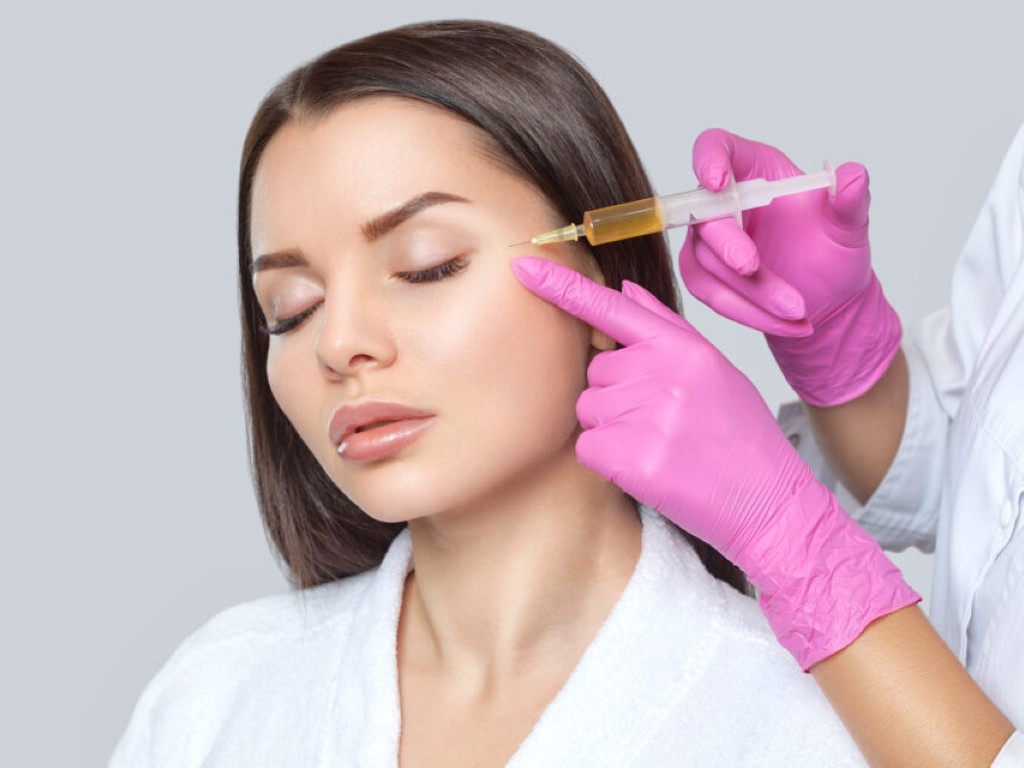PRP Treatment for Skin

Regenerative medicine is a new field that considers repairing or healing damaged tissues due to aging, disease, trauma and many other causes. Platelet rich plasma (PRP) plays a vital role when it comes to regenerative medicine, as it provokes natural healing of body tissues. Ailments related to skin can be treated well with the above mentioned PRP treatment. This treatment can be used for both men and women. The whole process may take 30-40 mins. For optimal results, three or four treatments may be recommended 2-4 weeks apart.
PRP is retrieved from whole blood which is centrifuged to yield a final product of plasma with high concentration of platelets. Normal platelet levels in blood range from 150,000 to 400,000 platelets/μl and when it is concentrated it reaches around 4-8 times than the normal level. Platelets are known to contain around 20 growth factors. The growth factors contained within PRP increase linearly with elevated platelet concentrations. These activated platelets are then injected directly to the skin using micro injections or micro needles. When injected, these growth factors trigger cell reproduction and stimulate tissue regeneration or healing in the treated area.
PRP Treatments are used for a variety of purposes. Acne, scars, skin aging, rejuvenation, wrinkles, melasma, under eye darkness, breast shaping, male pattern alopecia and excess hair loss are some of the cosmetological uses. The activated platelets remove the collagen fragments which prevent collagen synthesis. Collagen helps to form a fibrous network in the skin which gives a younger and healthy appearance. PRP also stimulates hair growth in many ways. By increasing blood flow to the hair follicle which is known as neovascularization, stimulating stem cells in the follicles which promotes cell proliferation are the main mechanisms.
Because the PRP injections are made up of one’s own cells and plasma, the risk of an allergic reaction is very much lower compared with other injectable medications. It is advised to keep the skin hydrated with moisturizing agents following treatment. Less common side effects of PRP injection include mild bleeding, temporary bruising, tissue swelling, and rarely infection of the site. It is better to avoid PRP treatment during pregnancy and patients with poor wound healing.
The use of Platelet Rich Plasma (PRP) in regenerative medicine related to skin is becoming popular world wide in aesthetic clinics. Being a minimally invasive procedure, which provokes natural healing and regeneration of tissues with almost zero side effects are the true motives to embrace PRP treatment.
Dr. Harsha Jayakody
Aesthetic & Cosmetic Physician
MBBS (Sri Lanka), MBA in Health Admin (Malaysia), MSc (Sri Lanka),
MD (Sri Lanka)
Diploma in Aesthetic Medicine (PIA)
Member of CFAT (New Delhi)
Member of the American Academy of Aesthetic Medicine (AAAM)
Board Certification from IEBDAC (UK)


